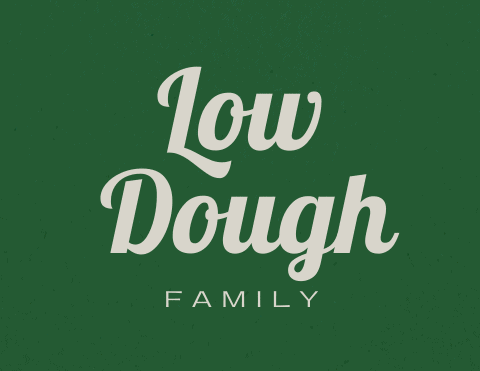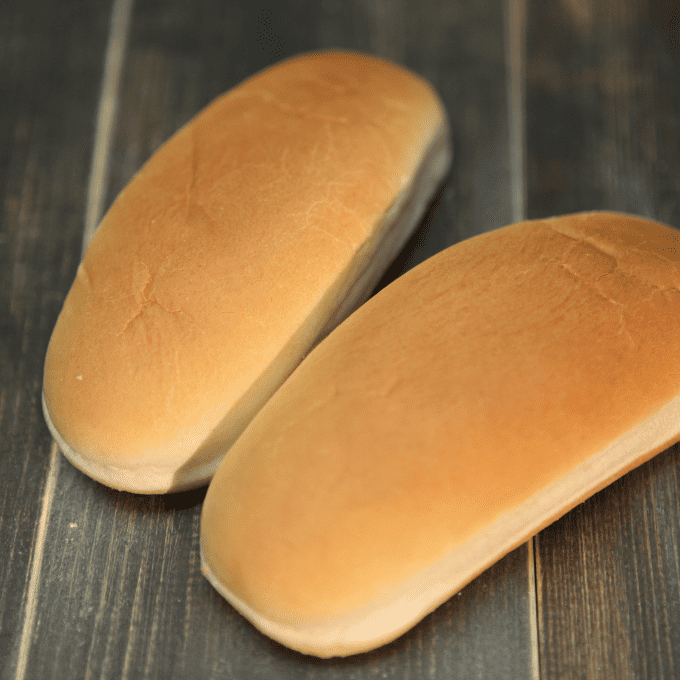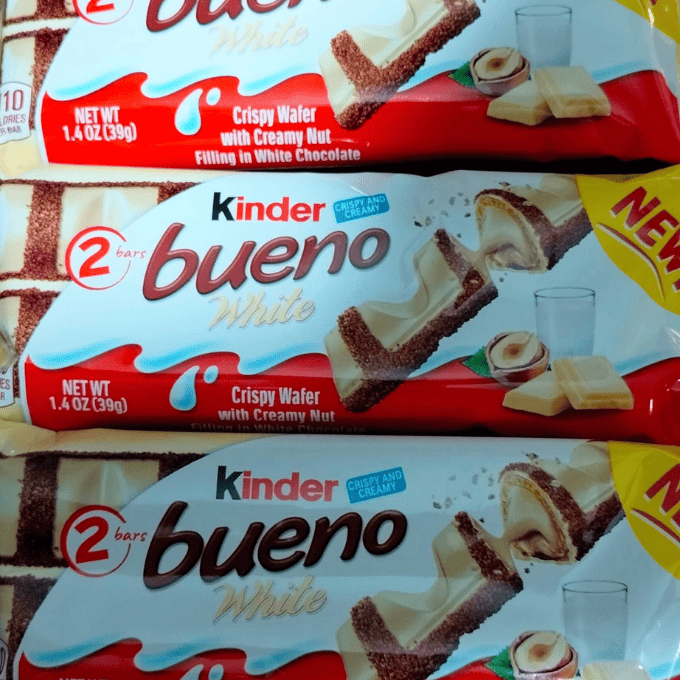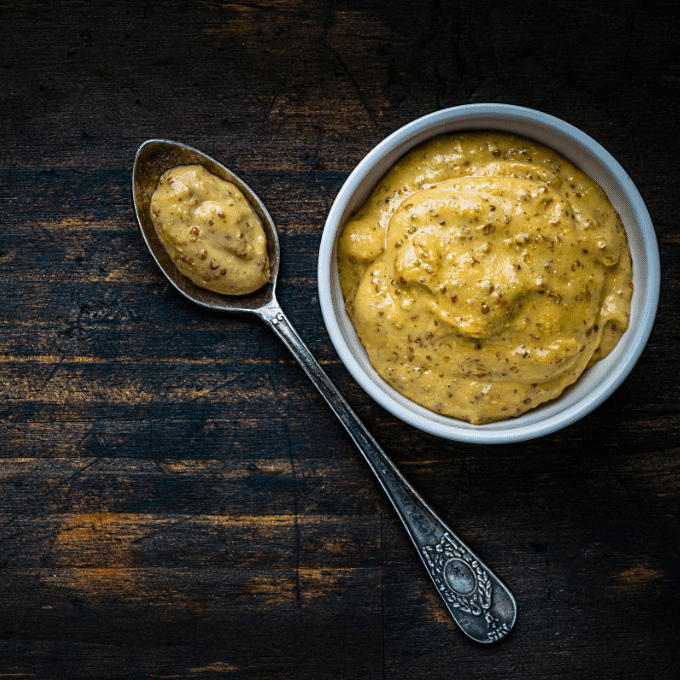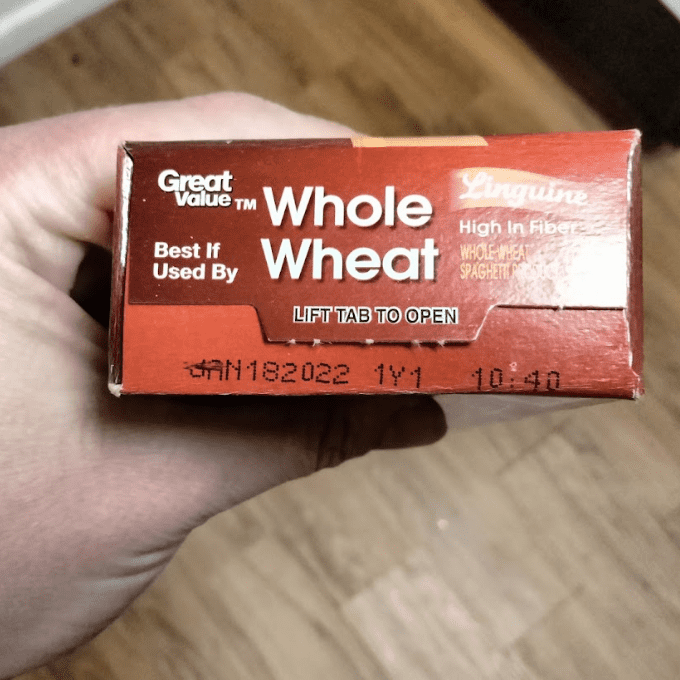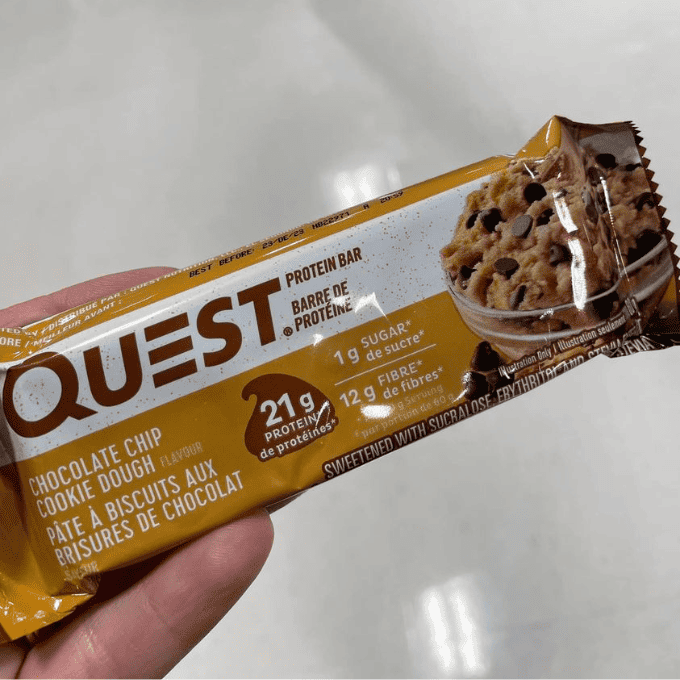Homemade Fresh Ground Peanut Butter Storage
Making your own peanut butter is not only a fun activity to do with your kids, but it is also a super tasty treat! The healthy fats in peanut butter also make it a great addition to any diet.
Unfortunately, the shelf life of peanut butter is greatly different based on how it is made. Regular commercial peanut butter, natural versions of peanut butter, and fresh ground peanut butters all have different shelf lives and storage requirements. Let’s look over the differences!
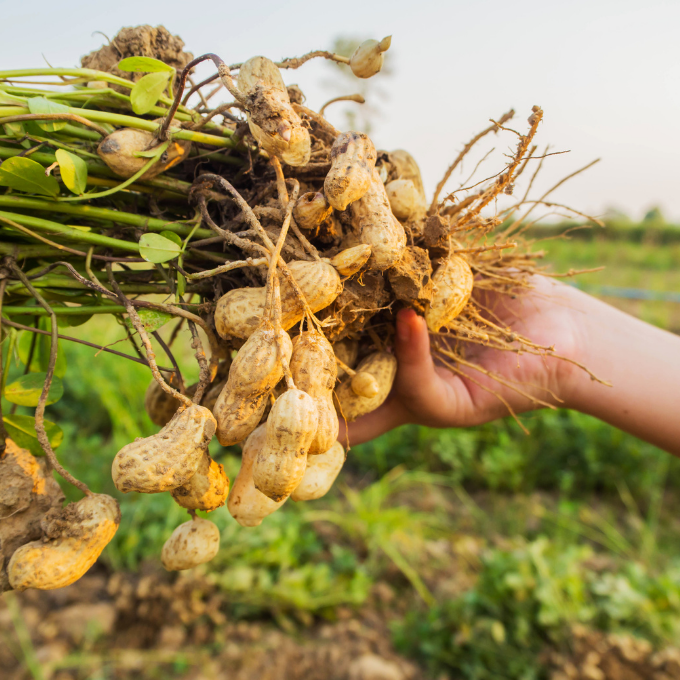
How long does fresh ground peanut butter last?
When you make homemade fresh ground peanut butter, you are more than likely just using peanuts. This is different than commercial peanut butters that may have added salt, honey, sugar, stabilizers, and preservatives.
Depending on the peanut butter recipe that you use, you can incorporate flavorings like salt, honey, chocolate, and even hot sauce or peppers into your homemade nut butter. The possibilities are endless!
Fresh ground peanut butter will not last as long as commercially made peanut butter. Fresh ground peanut butter is more similar to “natural” varieties of peanut butter, but they don’t last as long as the kind you buy in the store.
True fresh ground peanut butter will only last a few weeks to few months. This is based on how you store it and what you store it in.
Check out “Is it cheaper to make your own Peanut Butter?” to see if you can save money by making peanut butter yourself!
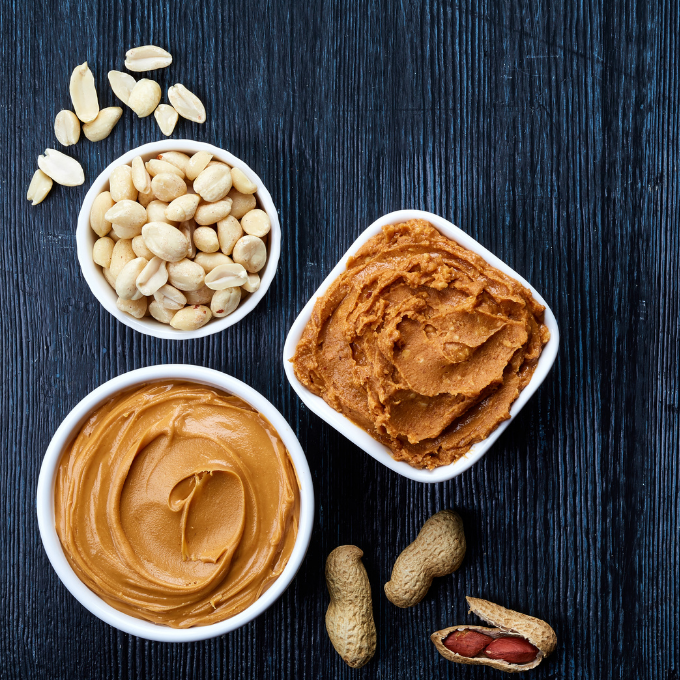
How long does homemade peanut butter last at room temperature?
Homemade peanut butter can be stored at room temperature, but it will only last a few weeks. This is because of the lack of preservatives and stabilizers.
Just like when you buy “natural” peanut butter at the grocery store, you will notice that fresh ground peanut butter will start to separate.
The oils from the ground peanuts will slowly rise to the surface. This oil is what gives the peanut butter it’s creaminess, so don’t throw it away. The oil separation is completely normal.
Just take a clean spoon or knife and stir the oils back in with the ground peanuts. This will make your peanut butter easy to use and spread again.
The reason regular peanut butter from the grocery store does not separate like homemade peanut butter is due to the addition of stabilizers. The stabilizers prevent the oil from separating from the ground nuts.
Homemade peanut butter does have a shorter shelf life, so it is best to keep it in an airtight container like a mason jar or a Tupperware bowl with a tight sealing lid. Some people recommend that you store the peanut butter in a dark container to avoid any exposure to sunlight.
It is also a good idea to store your fresh ground peanut butter in a dark cool place like a pantry or cabinet. If you leave it on the counter or near the stove, you can decrease the shelf life.
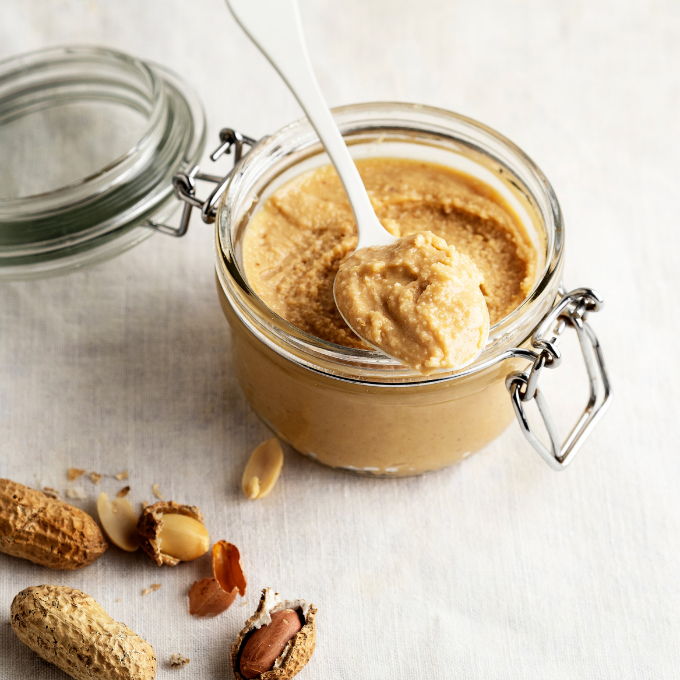
Does fresh ground peanut butter have to be refrigerated?
The best way to store fresh ground peanut butter is actually in the fridge! By storing homemade peanut butter in the refrigerator, you can make it last for 1-2 months.
If you live in a humid climate or hot climate, it will be better to store it in the fridge versus storing at room temperature. Humidity and heat can cause your peanut butter to go rancid.
Just like if you store your fresh ground peanut butter in the pantry, you will need to store the butter in an airtight container. We like using mason jars, but you can use any container with a nice tight lid.
The downside to storing in the fridge is that the homemade peanut butter will firm up similar to concrete. It will be rock hard and almost impossible to spread on bread.
To solve this issue, you just need to place the cold peanut butter container on the counter for at least 30 minutes for the peanut butter to come closer to room temperature.
Keep in mind that repeatedly lowering and raising the temperature of any food may make the shelf life go down. This is why we recommend separating your peanut butter into small or single use containers.
It is tempting to make a large batch of peanut butter and store it all in one container. If you are going to regularly make peanut butter at home, you may find it easier to separate it into smaller containers.
Then when you want to use the peanut butter, you just grab a small container instead of subjecting the larger container to multiple temperature changes.
I found little airtight Tupperware style containers at the Dollar Tree. They come in packs of 8 and are super easy to use for fresh ground peanut butter.
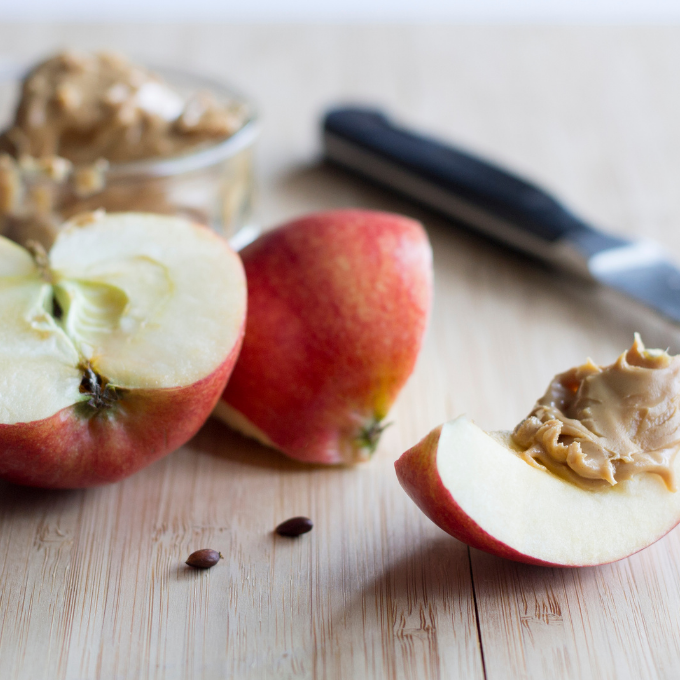
Does fresh ground peanut butter go bad?
Fresh ground peanut butter can go bad. Just like normal peanut butter from the store can go rancid, so can homemade peanut butter.
Commerical peanut butter has the addition of stabilizers, salt, preservatives and some use hydrogenated oils to make the shelf life last longer. Other common ingredients in grocery store peanut butter include sodium benzoate, vegetable oil, palm oil, peanut oil, and microbial growth inhibitors.
These additives help prevent bacterial growth and food borne illnesses. Unfortunately, this is not something that you can do at home.
The major signs that your fresh ground peanut butter has gone bad will be signs of mold or a rancid taste/smell. As a good rule of thumb, you will want to smell your peanut butter first before using it.
If it no longer smells like peanuts, and now smells slightly sour or has a bad odor, this means it has gone bad. Just like cooking oil, peanut butter can go rancid due to the high fat content in the oil.
This can be caused by direct sunlight exposure, humid climates, and bacterial growth caused by cross contamination. It is very important that you only use clean utensils in peanut butter containers.
Even though it seems normal to spread the peanut butter on your sandwich, and then you use the same knife again to get more peanut butter, this can wreak havoc on your nut butter.
When you dip a used knife back in the jar or container, you are now dropping little particles of bread into the peanut butter. These little, tiny crumbs can cause bacteria and mold to start growing in your jar or container.
It is best to wipe off your knife with a clean paper towel or rinse off the knife with hot water first. This will keep you from moving food particles from one item into your fresh ground peanut butter.
Bad peanut butter will taste slightly bitter or sour. It may also leave a chalky after taste in your mouth. Thankfully the bad taste is usually enough to make you stop wanting to eat it.
You would have to consume a large amount of bad peanut butter to get ill. The common symptoms would include upset stomach, cramps, or vomiting.
According to WebMD, symptoms of peanut butter contaminated with salmonella, would be fever, diarrhea, and abdominal cramps. Salmonella in peanut butter is not super common, but it can happen.
If you store your homemade peanut butter in a dark place with cool temperatures, you can enjoy it safely for 1-2 months. I recommend making small batches of peanut butter to start until you know how much your family will use on a regular basis.
You don’t want to put all that work into fresh ground peanut butter and just throw it away because it went bad. Make small batches and make them more frequently so you can enjoy the peanut butter longer and eat it safely.
For more fun DIYs, check out “Is it cheaper to make your own Alfredo Sauce?” and “Is it cheaper to make your own Orange Juice?“
